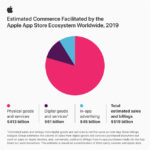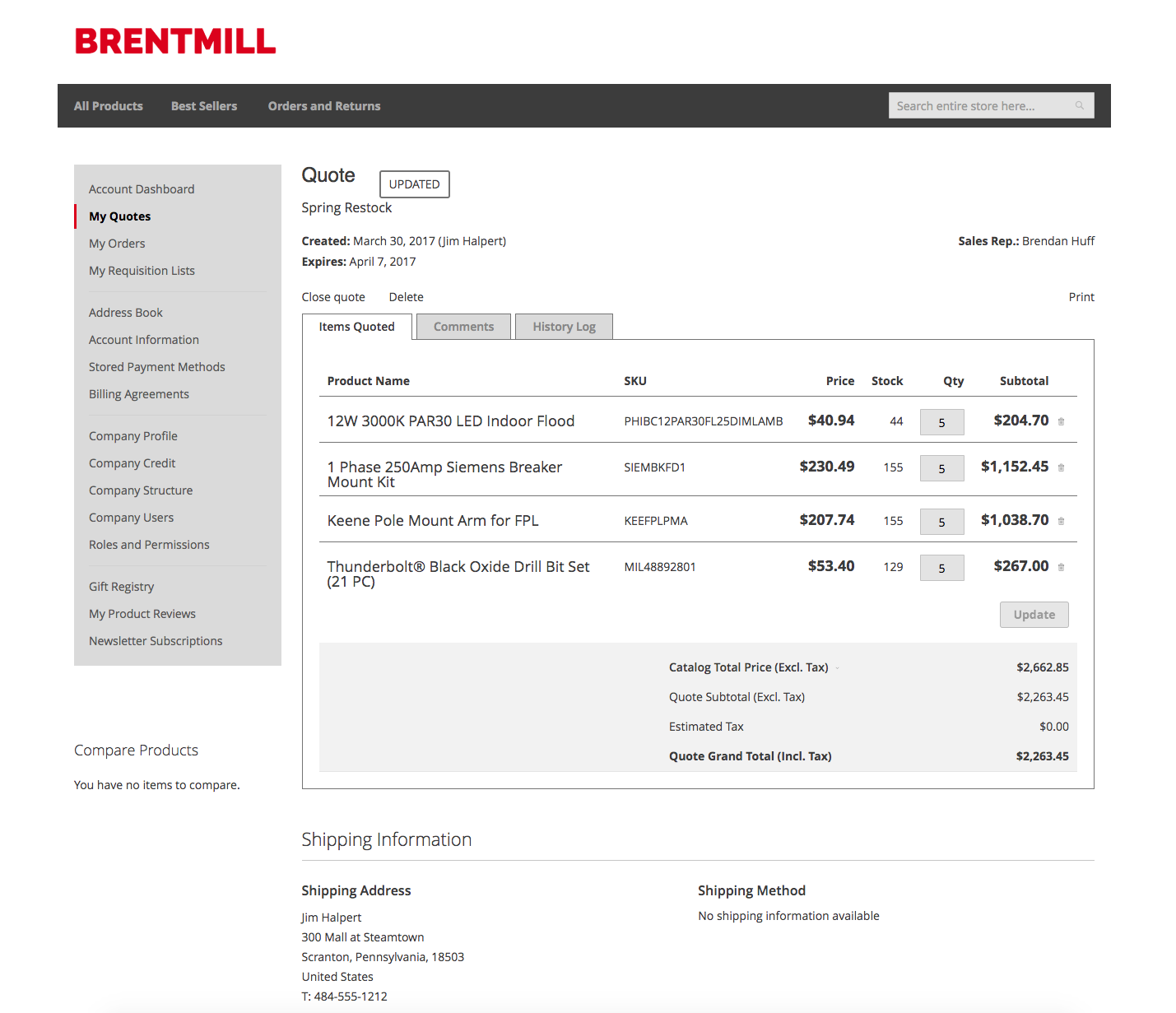Developers creating applications for a variety of platforms often want to monetize a portion of the application at some point in time. Elastic Path Software, which provides a Java-based platform to monetize any application for any platform, has a way to help developers limit the amount of work this requires.
The Digital Commerce API, released on Tuesday, allows developers to utilize the capabilities of the company’s Digital Commerce Engine to simplify integrations required to monetize applications for any platform. The Digital Commerce Engine offers a bundle of all the logic needed to create a cart, sell goods, sell promotions and subscriptions, and monitor the content on an e-commerce site.
David Chiu, digital commerce strategist for Elastic Path Intelligence, said that the patent-pending Digital Commerce API, which the company referred to as an “intelligent API,” allows developers to take a lot of the business logic that is required for e-commerce transactions to be taken out of the client-side and put into the API itself.
Chiu said keeping the business logic in an API and off the client-side application (on a mobile device, tablet, set-top box or desktop application) will help developers and designers focus on the usability of an application from the end user’s perspective instead of having to tailor the user experience to the constraints of a traditional e-commerce site. For example, developers can now create a one-click shopping experience using the API, which fills out a customizable form instead of making an individual call to the server for each end-user action, to enhance response times and make the application more compact.
According to Elastic Path, “Patent-pending technology handles everything from authentication to resource fetching and linking.” This, according to Chiu, limits the manipulation of services on the client-side, allowing developers to create a shopping experience based on the user experience and then develop the logic behind it, instead of having to make the shopping user experience conform to the needs of the business logic.





